What issue can we solve for you?
Type in your prompt above or try one of these suggestions
Suggested Prompt


Data and Generative AI Drive a New Era of System Modernization
Digital modernization insights from business leaders.

Data powers the digital economy, shaping strategy, better customer experiences, business growth and driving system modernization. Publicis Sapient’s survey of 1,000 business leaders found that data management and predictive analytics ranked as top motivators for IT modernization, with 53 percent of respondents placing this combination among their top three priorities for the next three years.
The research revealed a growing divide between data leaders and data laggards. Companies with mature customer data strategies are more focused on advancing new technology—like artificial intelligence (AI) and machine learning—in hopes of creating market differentiation and better customer experience. Those with less developed strategies often struggle to adopt these growth technologies as they currently try to implement baseline data management and tools.
However, laggards can still gain ground with a flexible data strategy, robust governance and the right technology investments. By leveraging a second-mover advantage, these organizations can avoid common missteps and optimize their investments, positioning themselves for accelerated growth.
Key findings
The C-suite and the V-suite had different priorities for system modernization. The survey reveals a clear divide in modernization priorities between the C-suite and the V-suite—particularly regarding the role of data.
Security and compliance ranked among the top three priorities for 65 percent of C-suite respondents, reflecting their focus on safeguarding organizational resilience. In contrast, 56 percent of V-suite leaders placed data management and predictive analytics in their top three, perhaps showing a strong awareness of the potential growth unlocked through automation, machine learning and generative AI.
This difference underscores how V-suite leaders—who are typically closer to the data and its operational impact—view these technologies as key drivers of competitive advantage, while the C-suite remains focused on broader business continuity. Publicis Sapient predicts that with new security measures, like zero-trust frameworks, compliance will naturally be met, allowing for more opportunity to focus efforts and investments on these operational tactics, such as predictive analytics.
The percentage of respondents who placed their top three priorities for system modernization over the next three years
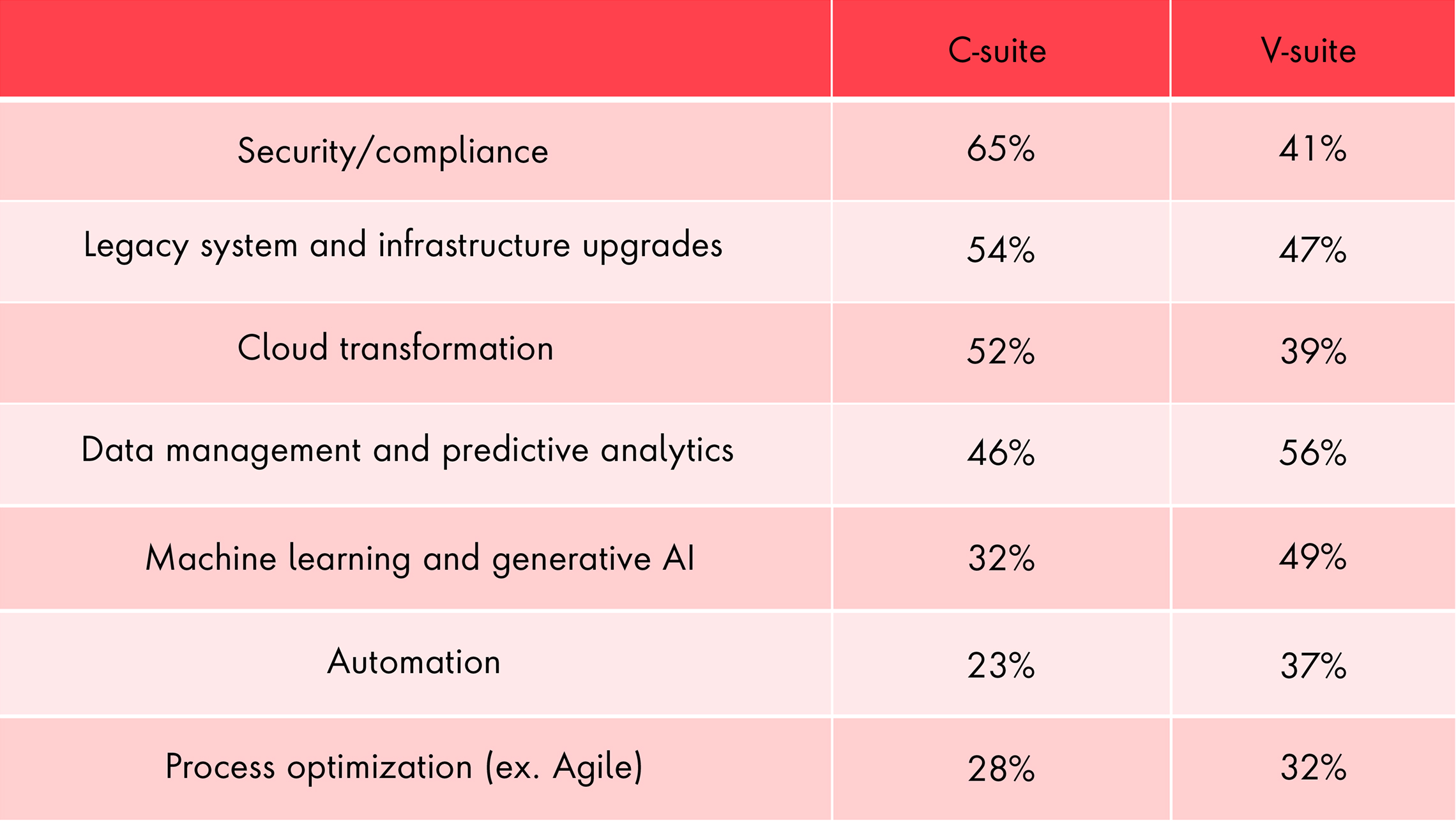
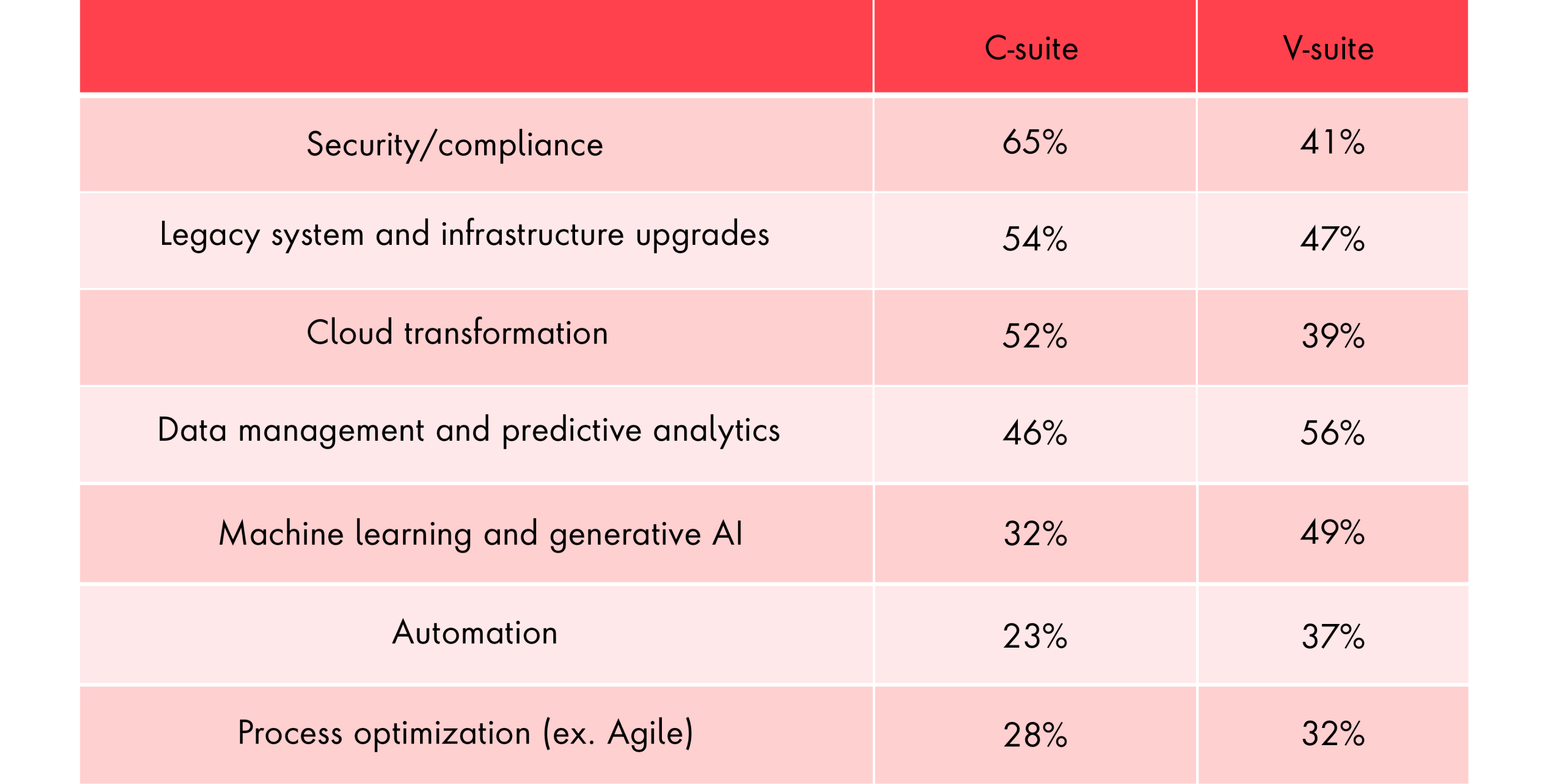
Figure 1: Q. Which of the following areas is your organization prioritizing over the next 3 years to modernize your systems and infrastructure? N= C-suite (250), V-suite (750).
Leaders drive innovation; laggards strengthen foundations for future growth
The priorities of data leaders and laggards reflect their differing strategic focuses. Data leaders—who prioritize data management, predictive analytics and emerging technologies—see these tools as essential for driving innovation and gaining a competitive edge.
This focus allows them to harness advanced insights, enhance customer experiences and streamline operations. In fact, 54 percent of data leaders who emphasized data management and predictive analytics cited future technology adoption as a primary reason for these investments.
In contrast, data laggards tend to focus on foundational improvements, with legacy system upgrades and security and compliance as their top priorities over the next three years. For these organizations, strengthening core infrastructure and meeting compliance requirements are critical steps toward achieving operational stability and reducing risk.
However, laying the groundwork doesn’t have to be a slow process. Partnering with the right experts can accelerate infrastructure modernization, enabling laggards to strengthen their core systems while paving the way for emerging technologies, like generative AI. This approach helps organizations move beyond table stakes improvements toward innovation readiness faster and more effectively.
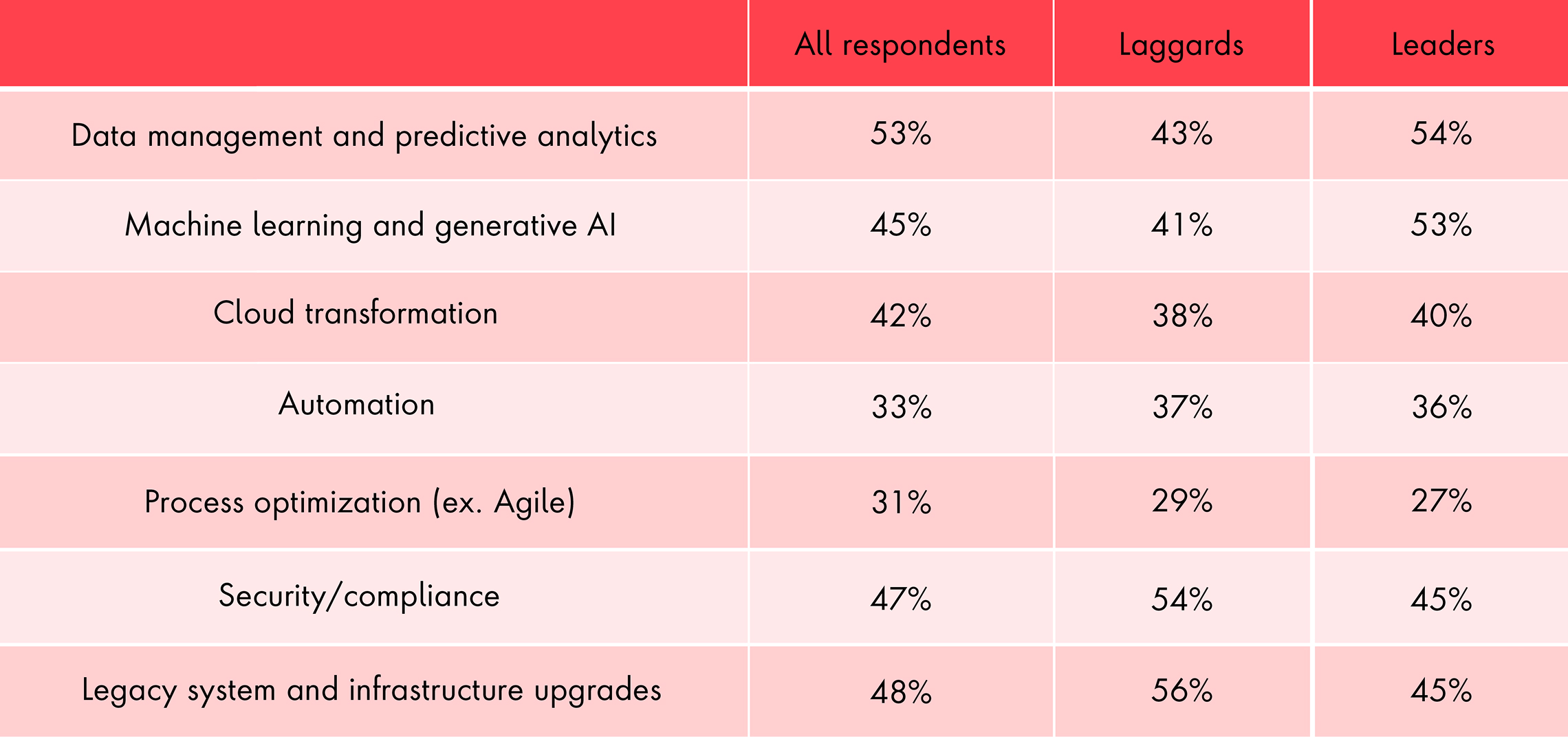
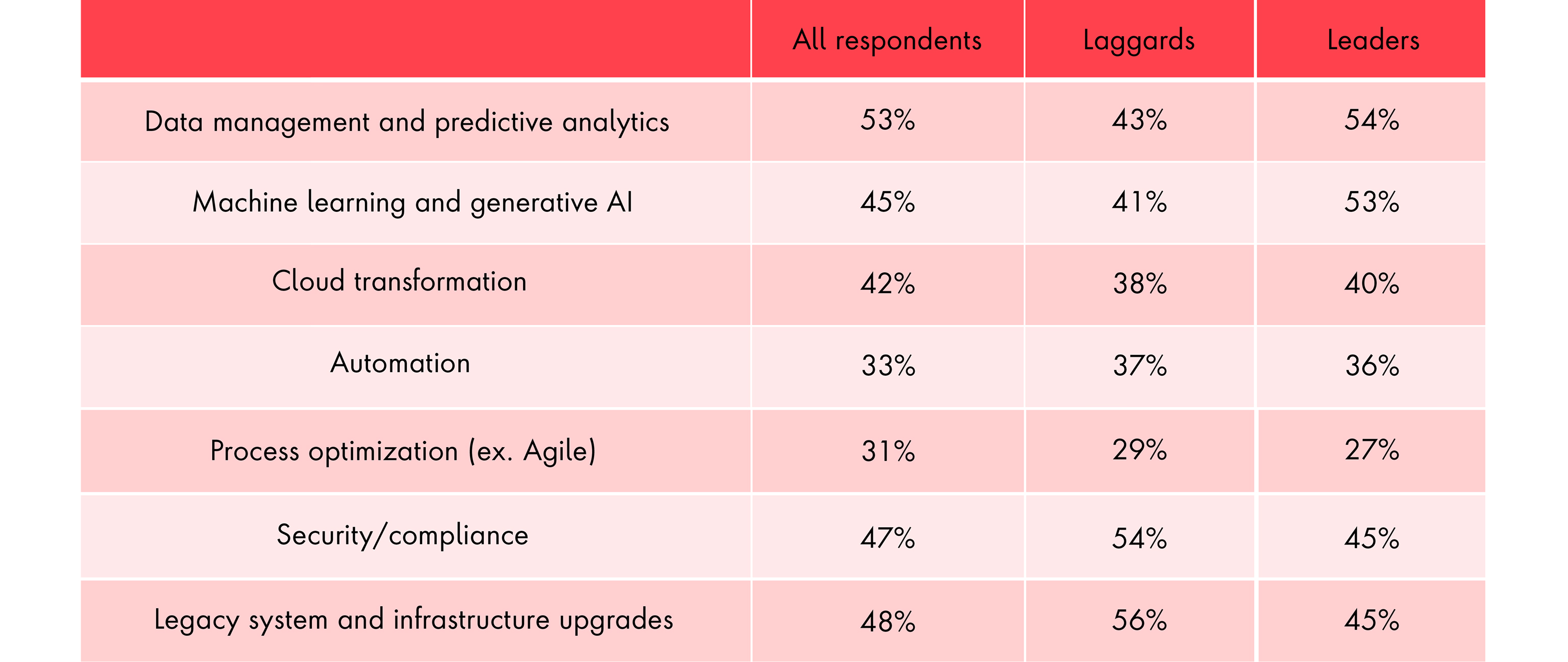
Figure 2: Q. Which of the following areas is your organization prioritizing over the next 3 years to modernize your systems and infrastructure? N= Laggards (180), Leaders (107).
Data leaders drive generative AI adoption through strategic investments
Generative AI—poised to be more transformative than the internet—is rapidly becoming a critical differentiator for organizations.
Data leaders are at the forefront, investing in essential areas—such as data governance, advanced analytics and machine learning infrastructure—that will pave the way for widespread generative AI integration. These elements not only support immediate adoption of various AI applications but also enable a seamless transition to more advanced, predictive analytics and business intelligence tools.
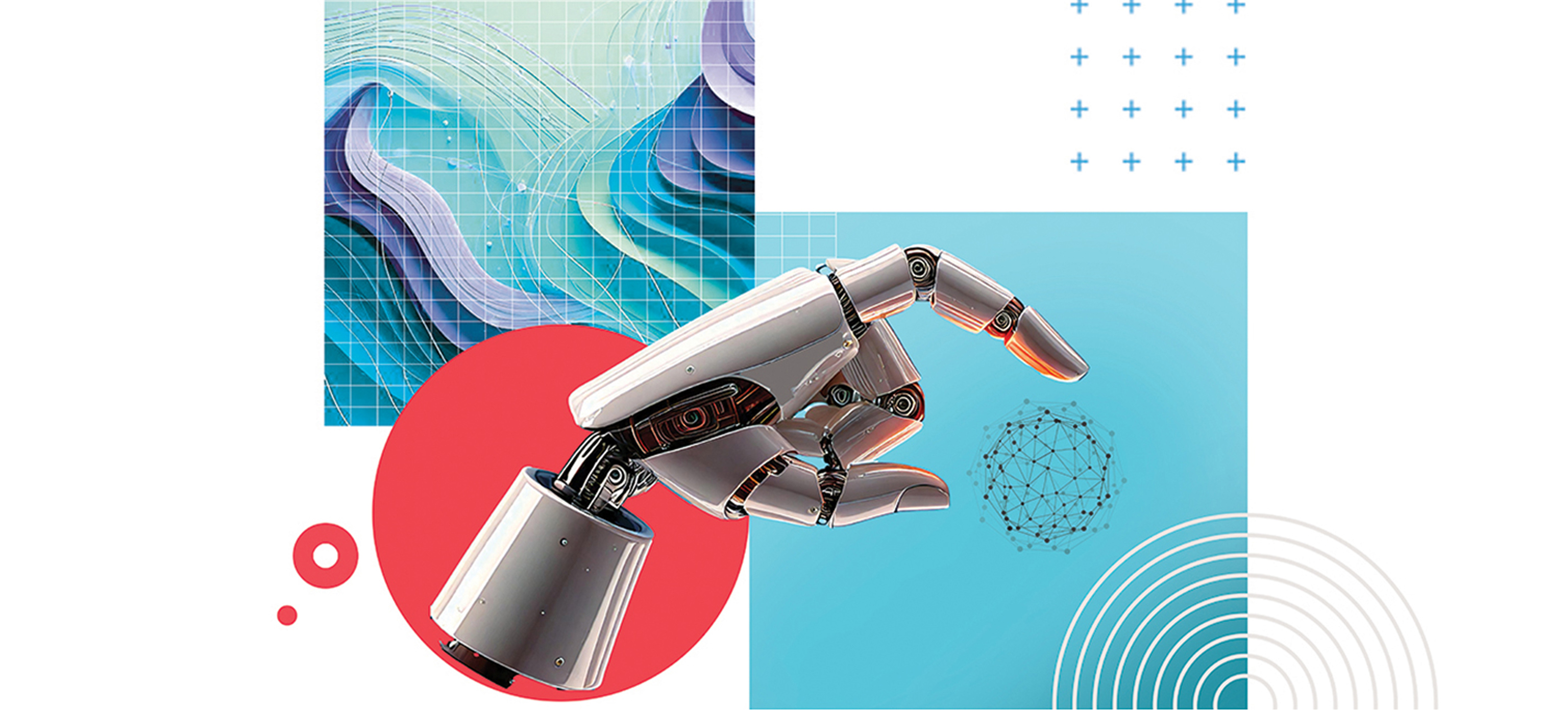

For example, data leaders are significantly ahead in building custom generative AI solutions: according to Publicis Sapient research, 29 percent of these companies have implemented tailored solutions compared to just 5 percent of companies with less-mature data strategies. By focusing on data-driven insights, quality management and scalable infrastructure, leaders can maximize the benefits of generative AI across the business.
As a result, the divide between data leaders and laggards is set to widen substantially, with leaders capturing greater value from their investments, while laggards struggle to keep up.
The insight is clear: Organizations that prioritize a robust data strategy are best positioned to unlock the transformative potential of generative AI to sustain a competitive edge.
Data leaders share a bold vision
Data leaders are advancing with strategic initiatives that set them apart, focusing on predictive analytics, IoT and data fabrics. These initiatives allow organizations to capture and utilize vast amounts of data while integrating advanced insights into their decision-making.
However, managing the costs associated with modernizing data architecture and scaling these capabilities is essential. Many companies face considerable financial challenges in system modernization, with only 28 percent of respondents reporting they typically stay within budget and 36 percent experiencing difficulties with integrating cloud solutions.
To manage these complexities, organizations must adopt a flexible, long-term data strategy that continually evolves with new technologies—all while controlling costs. Flexibility allows companies to adapt their data architecture as new needs emerge, preventing costly overhauls.
For instance, predictive analytics provides a targeted approach by identifying potential cost drivers in IT and operational budgets. Such foresight enables companies to prioritize areas that offer the greatest return and avoid budgetary challenges.
Organizations with a broader vision—those that look beyond short-term goals like generating reports to enable natural language interaction with data—are positioned to gain the most value.
This approach aligns modernization with business outcomes, ultimately supporting both agility and growth simultaneously.
Leaders invested in data management for reasons such as efficiency, quality and future technology adoption to mitigate immediate risks and tech debt. New tools allow laggards to look ahead without neglecting the fundamentals, but organizations that adopt strategic, flexible data initiatives will continue to lead the charge in modernization and innovation.
Maximizing the gains from generative AI
The interplay of generative AI and data presents considerable potential, especially for businesses striving to move from predictive to cognitive analytics.
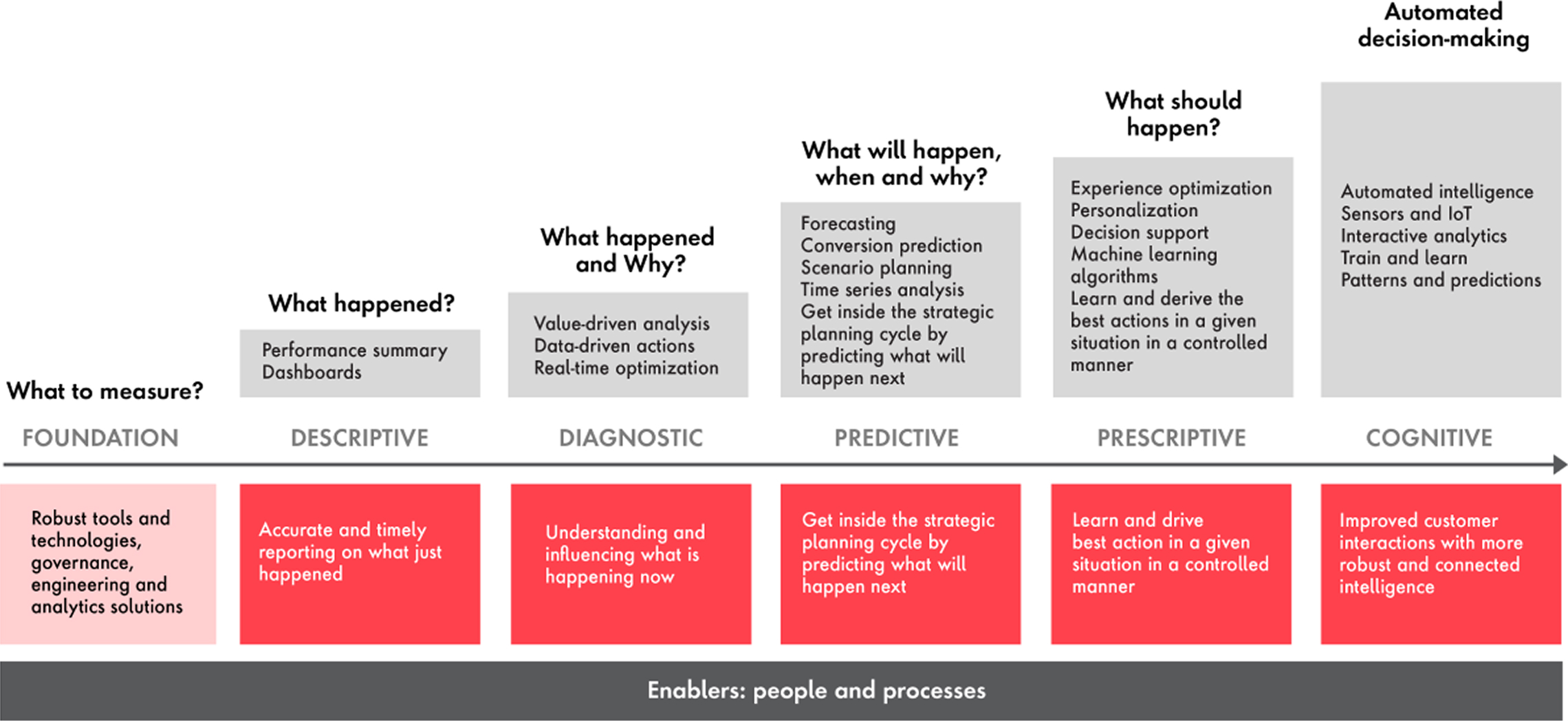
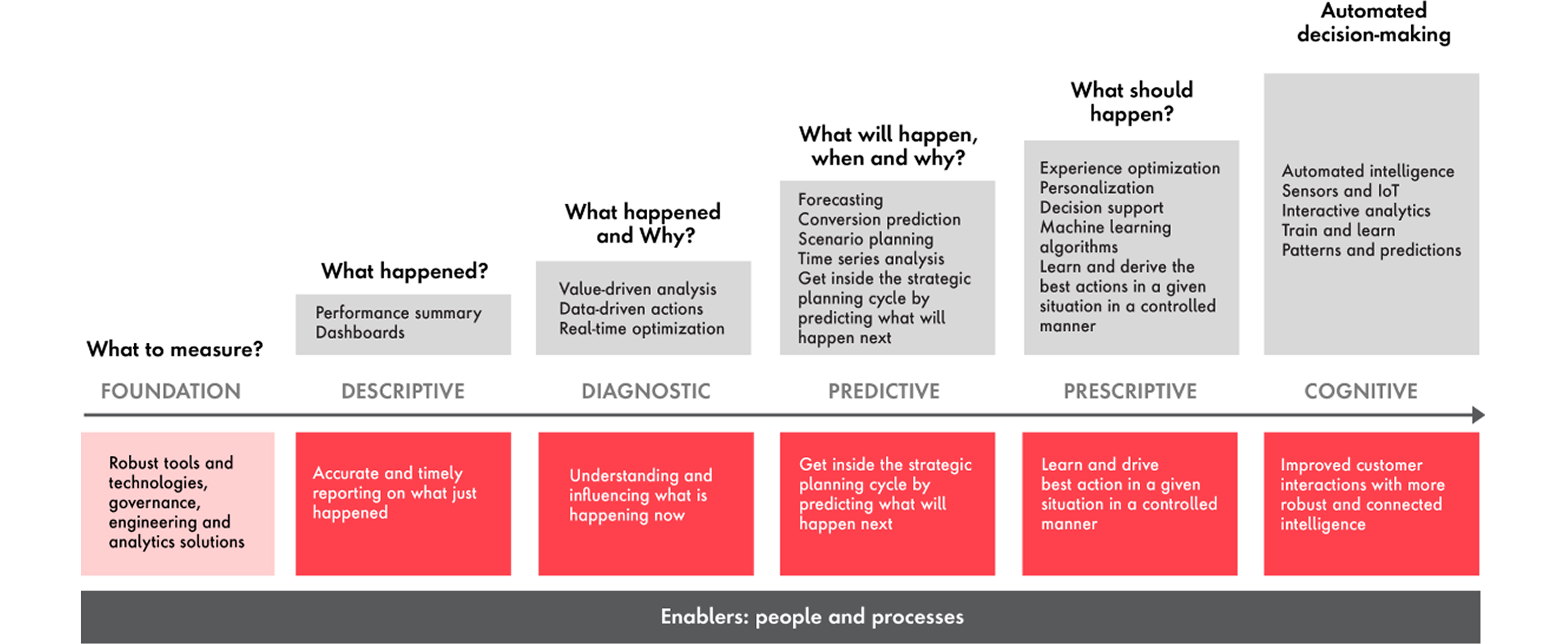
The chart outlines the evolution of data analytics from foundational tools to cognitive processes, highlighting stages from descriptive to automated decision-making. It emphasizes the role of robust technologies and people in enabling accurate reporting, strategic planning and improved customer interactions.
Generative AI can handle unstructured data and provide more nuanced insights, but as organizations take on this shift, they face significant data management challenges. Key obstacles include ensuring data quality, managing increased data volumes and maintaining compliance with evolving regulations.
Data management is critical here, as companies need structured, high-quality data to unlock generative AI’s full potential. Without a strong data foundation, efforts to analyze unstructured data or implement predictive insights will fall short, leading to missed opportunities in customer insights, operational efficiency and decision-making.
Publicis Sapient’s experience has shown that generative AI can significantly accelerate modernization efforts. For example, in software development, generative AI has driven productivity gains of 40 percent, shortening modernization timelines from years to months. With predictive analytics, companies can forecast IT costs and identify systems under stress before issues arise, allowing them to allocate resources more effectively and avoid disruptions.
These advancements are critical for businesses at every stage of data maturity. Whether they are data leaders or laggards, companies can leverage generative AI tools to modernize their systems, manage data challenges and better prepare for future technologies to come.
For companies currently behind, generative AI may even offer the advantage needed to close the gap with leaders, as it enables them to focus on strategic data initiatives without compromising on their foundational needs.
A firm foundation for innovation: balancing data and security
As companies look to data as a primary driver for innovation, the C-suite's focus on security and compliance reflects a commitment to safeguard this invaluable asset.
With 65 percent of C-suite respondents ranking security and compliance as their top priority, it’s clear that while data fuels growth, protecting it is essential to sustaining that growth.
Data breaches can erode customer trust and damage company reputations, making robust security a prerequisite for companies seeking to leverage data for competitive advantage. Handling vast volumes of customer data introduces significant regulatory and reputational risk. Building a secure framework is not just a compliance measure—it's a foundation that supports innovation and positions companies for future success.
While advanced AI tools are certainly enhancing governance, security, quality and data integrity, the regulatory landscape is also becoming increasingly complex. In this environment, a zero-trust approach—which continuously verifies each access request—is critical to maintaining control over data and mitigating risks.
By securing their data, companies can create a stable base that enables them to drive innovation more confidently, balancing the dual imperatives of growth and protection.
Building for the future: data as the cornerstone for innovation
Data is the key to driving growth and innovation, and a coherent, holistic modernization strategy is essential for companies to leverage its full potential.
Companies that prioritize data management alongside system modernization will be best positioned to integrate new technologies—including generative AI—into their business model.
For businesses at every level of data strategy maturity, the future of growth lies in the strategic convergence of data management, system modernization and generative AI. By refining data strategies—whether through advanced analytics, data fabrics or AI-driven solutions—organizations can build a foundation that supports long-term innovation. Even companies that have fallen behind in their data journey can close the gap by adopting new tools that enable more efficient system upgrades and prepare them for future AI integrations.
At the same time, foundational elements like security and compliance remain non-negotiable. As businesses modernize their systems, ensuring data protection and compliance with increasingly stringent regulations will be critical to safeguarding their competitive advantage.
By aligning their data strategy with a forward-thinking modernization plan, companies can transform their data into a powerful engine for growth, harnessing both the opportunities of generative AI and the security needed to thrive in the current digital ecosystem.
Methodology
iResearch conducted online research among 1,000 business decision- makers in June and July 2024 to create this digital modernization report. Respondents were drawn evenly from consumer products, energy & commodities, financial services, healthcare, retail, telecommunications, media and technology (TMT), transportation & mobility and travel & hospitality. They worked for companies with an annual revenue between $1 billion and $10 billion, either at the C-suite level or at the VP level in strategy and innovation, customer experience or data and analytics.
Accelerate your digital transformation with an IT modernization solution that drives continuous innovation and efficiency. Publicis Sapient’s end-to-end services ensure your solution is agile, scalable, compliant and tailored to your business goals, empowering you to detect and resolve issues, optimize performance and achieve operational excellence. And through market-leading cloud, data and AI Centers of Excellence, ClOs and executive stakeholders gain essential tools, governance models and best practices to scale IT modernization success.



